João E. Batista
Plotting time: On the usage of CNNs for time series classification
Feb 08, 2021



Abstract:We present a novel approach for time series classification where we represent time series data as plot images and feed them to a simple CNN, outperforming several state-of-the-art methods. We propose a simple and highly replicable way of plotting the time series, and feed these images as input to a non-optimized shallow CNN, without any normalization or residual connections. These representations are no more than default line plots using the time series data, where the only pre-processing applied is to reduce the number of white pixels in the image. We compare our method with different state-of-the-art methods specialized in time series classification on two real-world non public datasets, as well as 98 datasets of the UCR dataset collection. The results show that our approach is very promising, achieving the best results on both real-world datasets and matching / beating the best state-of-the-art methods in six UCR datasets. We argue that, if a simple naive design like ours can obtain such good results, it is worth further exploring the capabilities of using image representation of time series data, along with more powerful CNNs, for classification and other related tasks.
Improving the Detection of Burnt Areas in Remote Sensing using Hyper-features Evolved by M3GP
Jan 31, 2020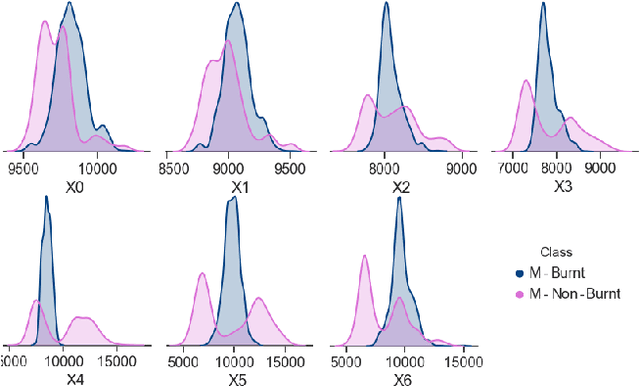
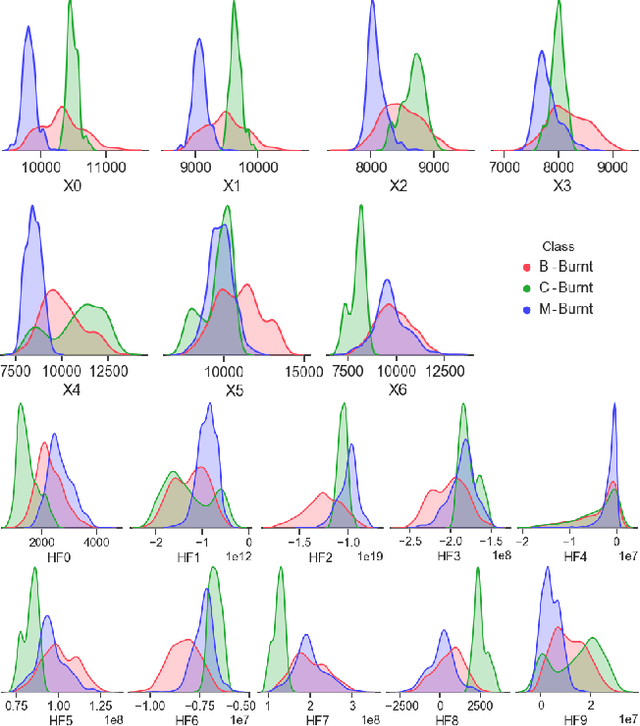
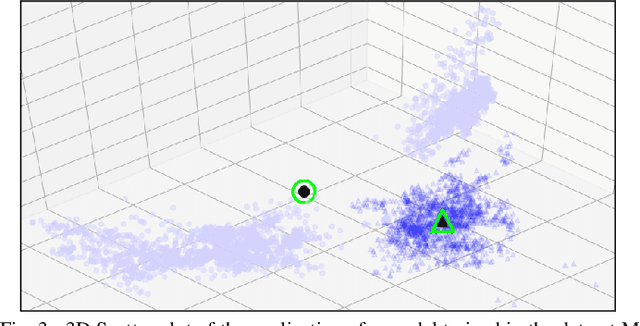
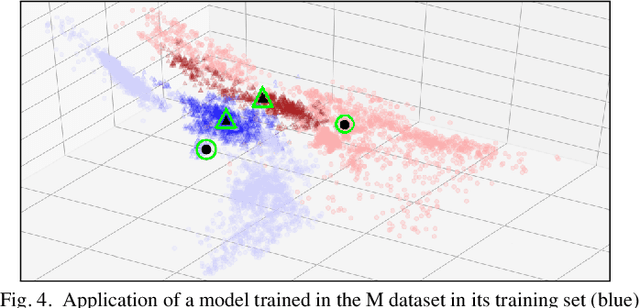
Abstract:One problem found when working with satellite images is the radiometric variations across the image and different images. Intending to improve remote sensing models for the classification of burnt areas, we set two objectives. The first is to understand the relationship between feature spaces and the predictive ability of the models, allowing us to explain the differences between learning and generalization when training and testing in different datasets. We find that training on datasets built from more than one image provides models that generalize better. These results are explained by visualizing the dispersion of values on the feature space. The second objective is to evolve hyper-features that improve the performance of different classifiers on a variety of test sets. We find the hyper-features to be beneficial, and obtain the best models with XGBoost, even if the hyper-features are optimized for a different method.
Ensemble Genetic Programming
Jan 21, 2020

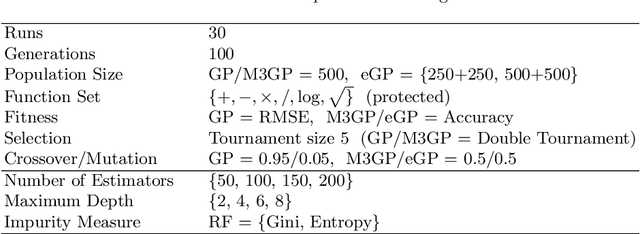

Abstract:Ensemble learning is a powerful paradigm that has been usedin the top state-of-the-art machine learning methods like Random Forestsand XGBoost. Inspired by the success of such methods, we have devel-oped a new Genetic Programming method called Ensemble GP. The evo-lutionary cycle of Ensemble GP follows the same steps as other GeneticProgramming systems, but with differences in the population structure,fitness evaluation and genetic operators. We have tested this method oneight binary classification problems, achieving results significantly betterthan standard GP, with much smaller models. Although other methodslike M3GP and XGBoost were the best overall, Ensemble GP was able toachieve exceptionally good generalization results on a particularly hardproblem where none of the other methods was able to succeed.
 Add to Chrome
Add to Chrome Add to Firefox
Add to Firefox Add to Edge
Add to Edge